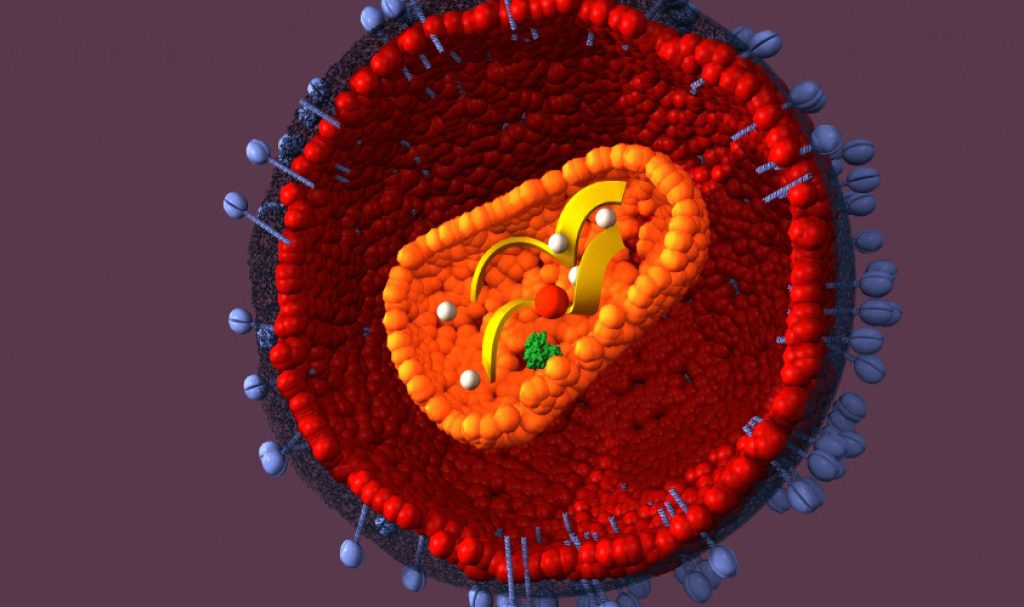
AsianScientist (May 29, 2018) – A team of scientists in Japan has successfully deleted human immunodeficiency virus-1 (HIV-1) genes from infected cells using the CRISPR/Cas9 gene editing system. They published their work in Scientific Reports.
HIV-1 infection is a chronic disease affecting more than 35 million people worldwide. The infection can be controlled by antiretroviral therapy, but there is still no cure. It is hard to eradicate cells latently infected with HIV-1 in a patient’s body because when the virus proliferates, the viral gene is inserted into the chromosomes of the infected cells.
Genome editing methods cut specific parts of genes, allowing us to remove or add sections of the DNA sequence. The recently developed CRISPR/Cas9 system is a promising tool for deactivating the HIV-1 genes that have been incorporated into the chromosomes of infected cells.
In this study, researchers at Kobe University in Japan have destroyed the regulatory genes of HIV-1 using the genome editing system CRISPR/Cas9, thereby successfully blocking the production of HIV-1 by infected cells.
The researchers targeted two genes that regulate the proliferation of HIV-1, known as Tat and Rev. Based on genetic information from six major HIV-1 subtypes, the team designed six types of guide RNA (gRNA) targeting Tat and Rev.
Firstly, they created a lentiviral vector that expresses Cas9 and gRNA. When they introduced this vector to cultured cells that expressed the regulatory gene products Tat and Rev, they succeeded in significantly lowering the expression and functions of both Tat and Rev.
The team found no off-target mutations, non-specific genome editing that unintentionally targets the host cell genes. They also showed that the expression of Cas9 and gRNA did not affect the survival rate of the cultured cells.
By introducing gRNA and Cas9 to cultured cells with latent or persistent HIV-1 infection, the researchers were able to markedly suppress cytokine-dependent HIV-1 reactivation in latently infected cells and inhibit HIV-1 replication from persistently infected cells. Furthermore, by introducing all six types of gRNA at the same time, they managed to almost completely block virus production from the infected cells.
“These results show that the CRISPR/Cas9 system, by targeting the regulatory genes of HIV-1, Tat and Rev, is a promising method for treating HIV infection,” said Associate Professor Masanori Kameoka of the Kobe University Graduate School of Health Sciences, Japan, who led the study.
“We now need to investigate how we can selectively introduce into the infected cells of patients a CRISPR/Cas9 system that targets HIV-1 genes. In order to safely and effectively introduce the CRISPR/Cas9 system, the vectors must be improved.”
The article can be found at: Ophinni et al. (2018) CRISPR/Cas9 System Targeting Regulatory Genes of HIV-1 Inhibits Viral Replication in Infected T-cell Cultures.
———
Source: Kobe University; Photo: Shutterstock.
Disclaimer: This article does not necessarily reflect the views of AsianScientist or its staff.












